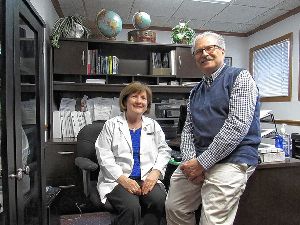As summer vacation nears, thousands of central Ohioans are planning a trip to an exotic locale -- perhaps to Brazil for the Summer Olympics.
Some doctors warn, however, there are more than sandy beaches, crystal blue waters and margaritas waiting for you: Dangerous parasites, viruses and bacteria can ruin your vacation -- or worse.

Problem, Solution, SitRep, or ?:
Recent Comments